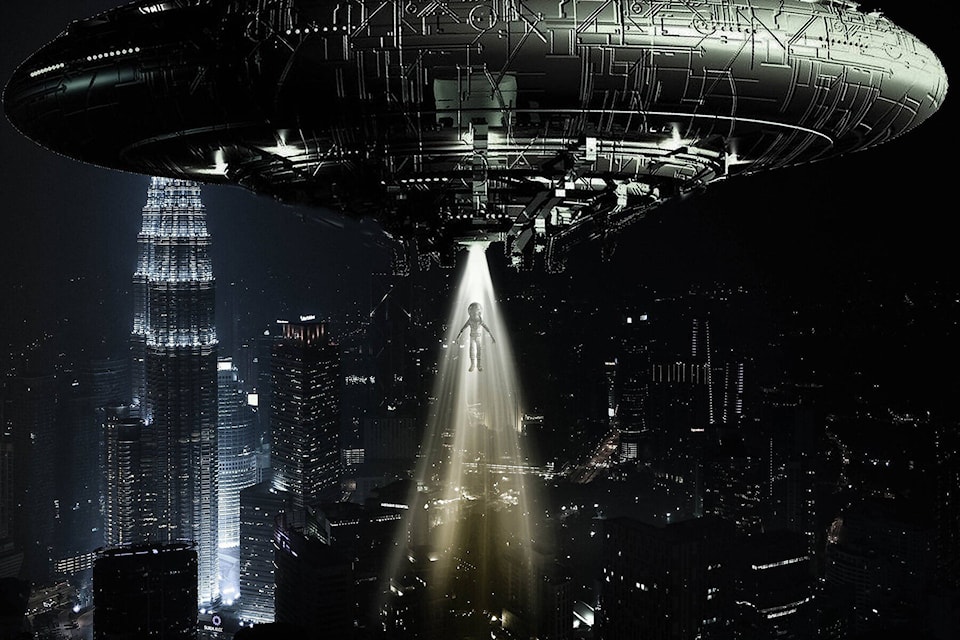A hoax masquerading as a news broadcast more than 80 years ago created panic in the northeastern United States and beyond.
It happened on the evening of Sunday, Oct. 30, 1938, with reports that Martian invaders had landed in a field in rural New Jersey, in an effort to take over the planet.
It would have been a powerful story, except for the fact that it didn’t happen.
The hoax was an episode of The Mercury Theatre on the Air, a radio drama series broadcast on the American CBS network. was a retelling of The War of the Worlds, the 1898 novel by British writer H.G. Wells. It was done in the form of news broadcasts of the day.
Orson Welles, the star of the broadcast and the creator and host of The Mercury Theatre on the Air, was a perfectionist and worked to bring realism to every dramatization. Welles was 23 at the time.
READ ALSO:
READ ALSO:
The reports in the radio drama had Martians landing near the community of Grover’s Mill, New Jersey, before advancing towards New York. This is an actual place in New Jersey, and there was a level of panic in the area as a result. The extent of this panic is not known.
The following day, a headline on the front page of the New York Times read, “Radio Listeners in Panic, Taking War Drama as Fact.” Other news outlets also ran stories about the chaos resulting from this drama.
However, there were signs the reports were part of a radio drama and not actual news broadcasts. At the start of the show, for more than two minutes, there were opening comments introducing the episode and setting the tone for the dramatization. And while the news reports made up a portion of the radio drama, the final one-third of the program followed a more traditional radio play format.
Most importantly, if radio listeners had changed the station, even for a moment, they would have realized the account was a work of fiction. No other radio station was broadcasting reports of a Martian invasion.
There were at least five other major radio networks in the northeastern United States. Had there been an actual emergency, all would have interrupted their regularly scheduled broadcasting to bring coverage of the breaking news.
This should have been the end of the story, but hoaxes masquerading as news continue to wreak havoc.
One disturbing account happened just a few weeks ago, on Sept. 1, 2021. On that date, as Hurricane Ida slammed the northeast coast of the United States, reports on social media networks stated that exotic animals had escaped from the Turtle Back Zoo in West Orange, New Jersey.
The zoo quickly sent out messages telling the public the animals were safe at the zoo. Still, the rumours resulted in a certain degree of panic in the area.
West Orange, by the way, is around 75 kilometres from Grover’s Mill, the setting of the 1938 radio drama.
Once again, it would have taken moments to determine the report of the escaped animals was a hoax. A quick check of established news outlets would have been a place to start.
Had zoo animals actually escaped during a hurricane, radio, television, newspapers and online news providers all would have been on top of that story.
This is the nature of news reporting. Big stories get big coverage.
If a significant news story is only available through social media or on a few obscure sites, the lack of coverage should be a warning sign.
This Halloween – and all through the year – if there are stories of strange and unusual events, take a moment to verify the reports before sharing them. A repeat of the fake Martian invasion or the fake zoo catastrophe benefits nobody.
John Arendt is the editor of the Summerland Review.
To report a typo, email:
news@summerlandreview.com.
news@summerlandreview.com
Like us on and follow us on .



